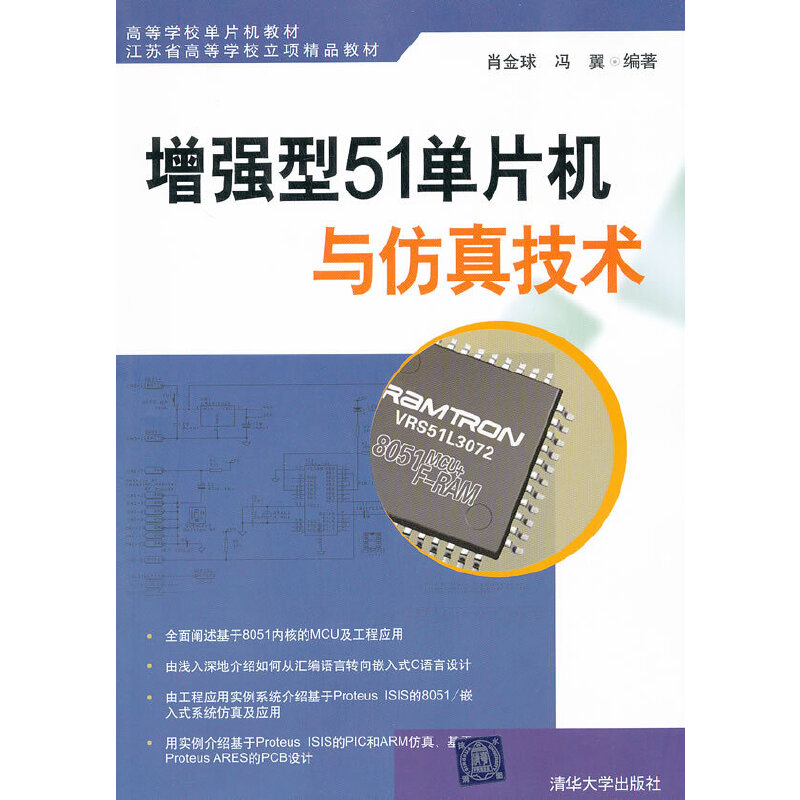数据库——原理、编程与性能(第2版)(影印版) / 教育部推荐引进版教材
定价:¥49.50
作者: Patrick O’Neil等
出版时间:2001年5月
出版社:高等教育出版社
- 高等教育出版社
- 9787040100402
- 2版
- 81276
- 0045151143-0
- 异16开
- 2001年5月
- 896
- TP311.13
- 计算机科学与技术
- 研究生、本科
内容简介
本书自1994年初版以来,已成为学习、设计及使用关系数据库人员的一本经典教材。它从理论和实践两方面对数据库设计和编程均做了严谨的表述。其内容包括关系理论、数据库设计、数据库编程及运行-转储结果。每一部分均从基本原理出发,再用实际系统中的实例来说明。 本次修订版反映了6年来数据库领域总体的进步和发展动态,书中重点讲述了对象关系模型;介绍了一些系统(如Oracle、DB2和Informix等)中通用的新概念;对隔离技术作了更新介绍;对运行结果的表述更现代。相对于初始标准来说,SQL数据库语言有了非常重要的变化,所以对对象关系给予特别讲述。本书还介绍了SQL-99设计方法及与之相关的原理方法及主要产品。本书的作者是在数据库界工作30多年的资深专家,富于教学和实践经验。本书力图在数据库领域各不相同的思想和趋势中找到一个统一的观点提供给读者。 本书对于初接触数据库系统的读者不啻为一本极好的教材;对于那些对数据库领域的发展还未给予足够关注的人是一本易于接受的参考书;同时也是设计人员和编程人员及时更新知识的有用的参考书。 内容: 1. 简介 2. 关系模型 3. 基本SQL查询语言 4. 对象关系SQL 5. 数据库编程访问 6. 数据库设计 7. 完整性、视图、安全性和目录 8. 索引 9. 查询处理 10. 事务更新 11. 并行与分布式数据库 附录A 介绍性指南 附录B 编程细节 附录C SQL语句语言 附录 D 设置查询计数作者简介:Parick O'Neil is a professor of computer science at the Uniersity of Massachusetts at Boston. He is responsible for a number of important results in transactonal performance and disk access algorithms,and he holds patents for his work in these and other database areas.Elizabeth O'Neil is a professor of computer science at the University of Massachusetts at Boston.She serves as a comsult-ant to Sybase IQin Concor, Massachusetts,and has worked with a number of other corporations,includin Microsoft adn Bolt,Beranek,and Newman.
目录
ForewordPrefaceChapter 1 Introduction 1.1 Fundamental Database Concepts History of Database Systems The Relational and Object-Relational Models The Database Systems Covered A Relational Database Example An Object-Relational Database Example 1.2 Database Users 1.3 Overview of Relational and Object-Relational DBMS Chapter 2: The Relational Model Chapter 3: Basic SQL Query Language Chapter 4: The Object-Relational Model Chapter 5: Programs to Access a Database Chapter 6: Database Design Chapter 7: Integrity, Views, Security, and Catalogs Chapter 8: Indexing Chapter 9: Query Processing Chapter 10: Update Transactions Chapter 11: Parallel and Distributed Databases 1.4 Putting It All TogetherChapter 2 The Relational Model 2.1 The CAP Database 2.2 Naming the Parts of a Database Domains and Datatypes Tables and Relations 2.3 Relational Rules 2.4 Keys, Superkeys, and Null Values Null Values 2.5 Relational algebra Fundamental Operations of Relational Algebra 2.6 Set-Theoretic Operations The Union, Intersection, and Difference Operations Assignment and Alias The Product Operation 2.7 Native Relational Operations The Projection Operation The Selection Operation Precedence of Relational Operations The Join Operation The Division Operation 2.8 The Interdependence of Operations 2.9 Illustrative Examples 2.10 Other Relational Operations Outer Join Theta JoinChapter 3 Basic SQL Query Language 3.1 Introduction SQL Capabilities SQL History-Standards and Dialects 3.2 Setting Up the Database Standard Typographical Conventions A Practical Exercise 3.3 Simple Select Statements 3.4 Subqueries The IN Predicate The Quantified Comparison Predicate The EXISTS Predicate A Weakness of SQL: Too Many Equivalent Forms 3.5 UNION Operators and FOR ALL Conditions The UNION Operator Division: SQL "FOR ALL..." Conditions 3.6 Some Advanced SQL Syntax The INTERSECT and EXCEPT Operators in Advanced SQL Join Forms in Advanced SQL OUTER JOIN Join Forms Implemented in Database Systems 3.7 Set Functions in SQL Handling Null Values 3.8 Groups of Rows in SQL 3.9 A Complete Dexcription of SQL Select Identifiers Expressions, Predicates, and the search_condition Scalar Subqueries as Expressions:Advanced SQL Basic SQL versus Advanced SQL: Summary A Discussion of the Predicates 3.10 Insert, Update, and Delete Statements The Insert Statement The Update Statement The Delete Statement 3.11 The Power of the Select Statement The Non-Procedural Select Statement Turing Power Limited Power of the Basic SQL Select StatementChapter 4 Object-Relational SQL 4.1 Introduction ORSQL Capabilities Form of Presentation for This Chapter Object-Relational History 4.2 Objects and Tables 4.2.1 Object Types in ORACLE Definition of the REF Object Reference 4.2.2 INFORMIX Row Types for Objects Absence of Refs in INFORMIX Type Inheritance in INFORMIX 4.2.3 Objects and Tables: Summary Object Orientation 4.3 Collection Types 4.3.1 Collection Types in ORACLE Table Types and Nested Tables Two Techniques for Retrieving from a Table of Tables Unnesting via Table Products Nested Cursors Array Types for VARRAYs SQL SYntax for Collections in ORACLE Inserts and Updates in ORACLE 4.3.2 Collection Types in INFORMIX Sets in INFORMIX Lists in INFORMIX SQL Syntax for Collections in INFORMIX inserts and Updates in INFORMIX 4.3.3 Collection Types:Summary 4.4 Procedural SQL, User-Defined Functions (UDFs), and Methods 4.4.1 ORACLE PL/SQL Procedures, UDFs, and Methods PL/SQL: ORACLE's Procedural SQL Language Using PL/LQL to Implement Methods in ORACLE Update Methods 4.4.2 INFORMIX User-Defined Functions SPL:INFORMIX's Procedural SQL Language Using SPL to Implement UDFs in INFORMIX Update Functions 4.4.3 User-Defined Functions:Summary 4.5 External Functions and Packaged User-Defined Types(UDTs) Binary Data and BLOBs External Functions Encapsulation Distinct Types BLOB Objects Packaged UDTs and Other Encapsulated UDTs SummaryChapter 5 Programs to Access a Database Chapter 6 Database Design Chapter 7 Integrity, Views, Security, and Catalogs Chapter 8 Indexing Chapter 9 Query Processing Chapter 10 Update Transactions Chapter 11 Parallel and Distributed Databases Appendix A Introductory TutorialAppendix B Programming DetailsAppendix C SQL Statement SyntaxAppendix D Set Query CountsSolutions to Selected ExercisesIndex







